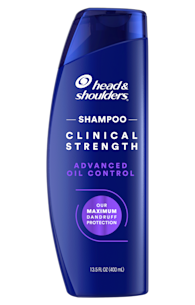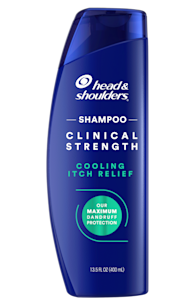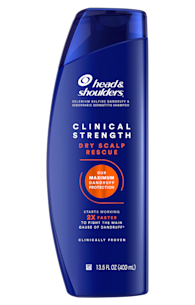Tinea capitis: what to expect
Tinea capitis is contagious, and can be contracted from other people, animals or even objects that have come in contact with the fungus.
You’re more likely to get tinea capitis if you:
Have minor skin or scalp injuries
Don’t wash your hair and scalp often enough
Have wet skin for long periods or sweat often
Once you have ringworm, you can expect symptoms that can include:
Bald spot(s) with black dots where hair has broken off
Round areas of scaly skin that become red and inflamed
Tender and painful areas on your scalp
Itchy scalp and hair loss
Swollen lymph glands at the sides & back of neck
Not fun at all. Luckily, there is something you can do about it.
Treating tinea capitis
If you suspect you have tinea capitis, see your doctor immediately. They will be able to prescribe an anti-fungal treatment for you.
Usually, this will be in the form of oral medicine that kill the fungus. It’s also a good idea to ask for an anti-fungal shampoo, as this will help stop the spread of tinea capitis to others.
It’s important to note that the shampoo by itself won’t cure the problem – for that you’ll still need to take oral medication.








